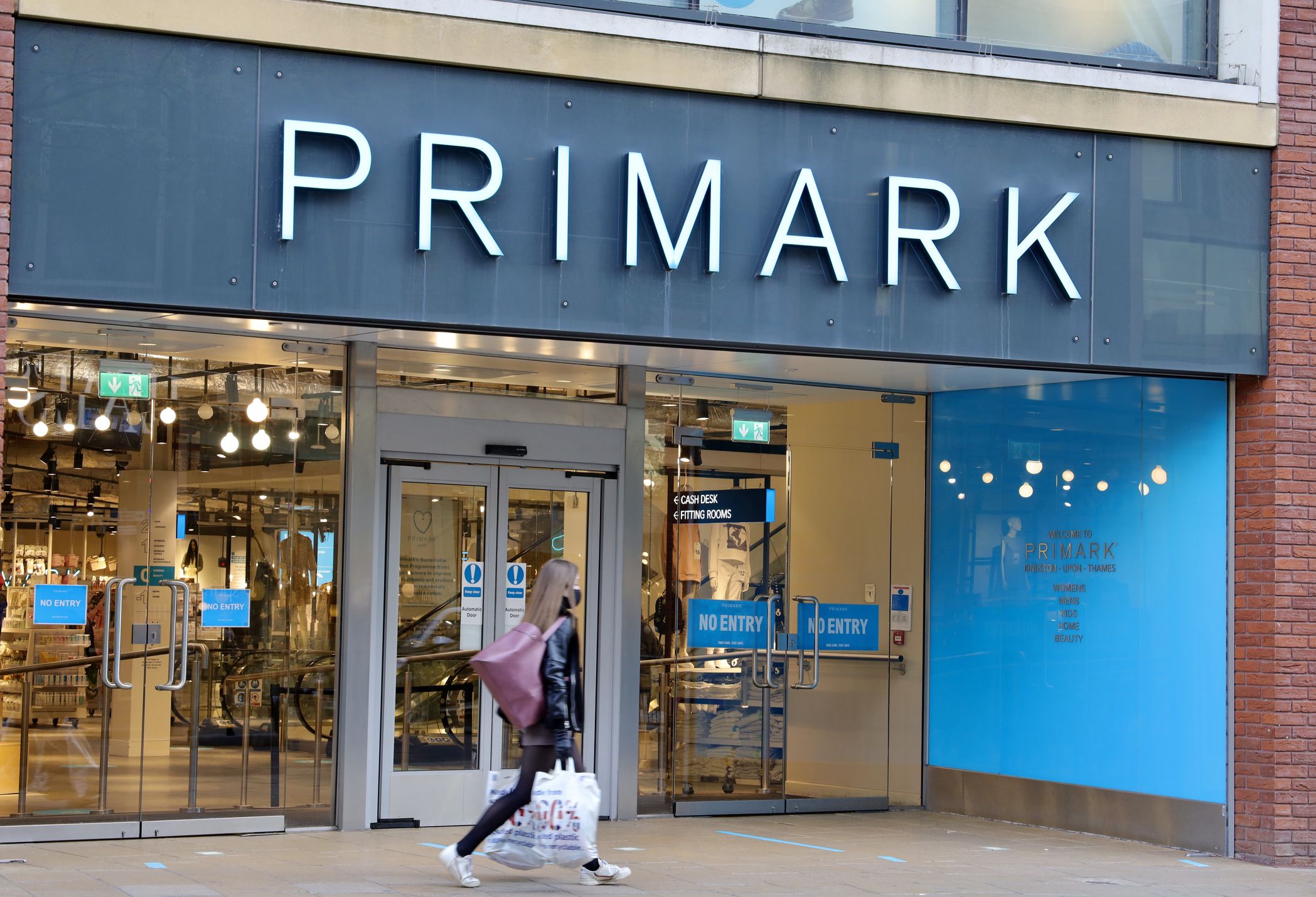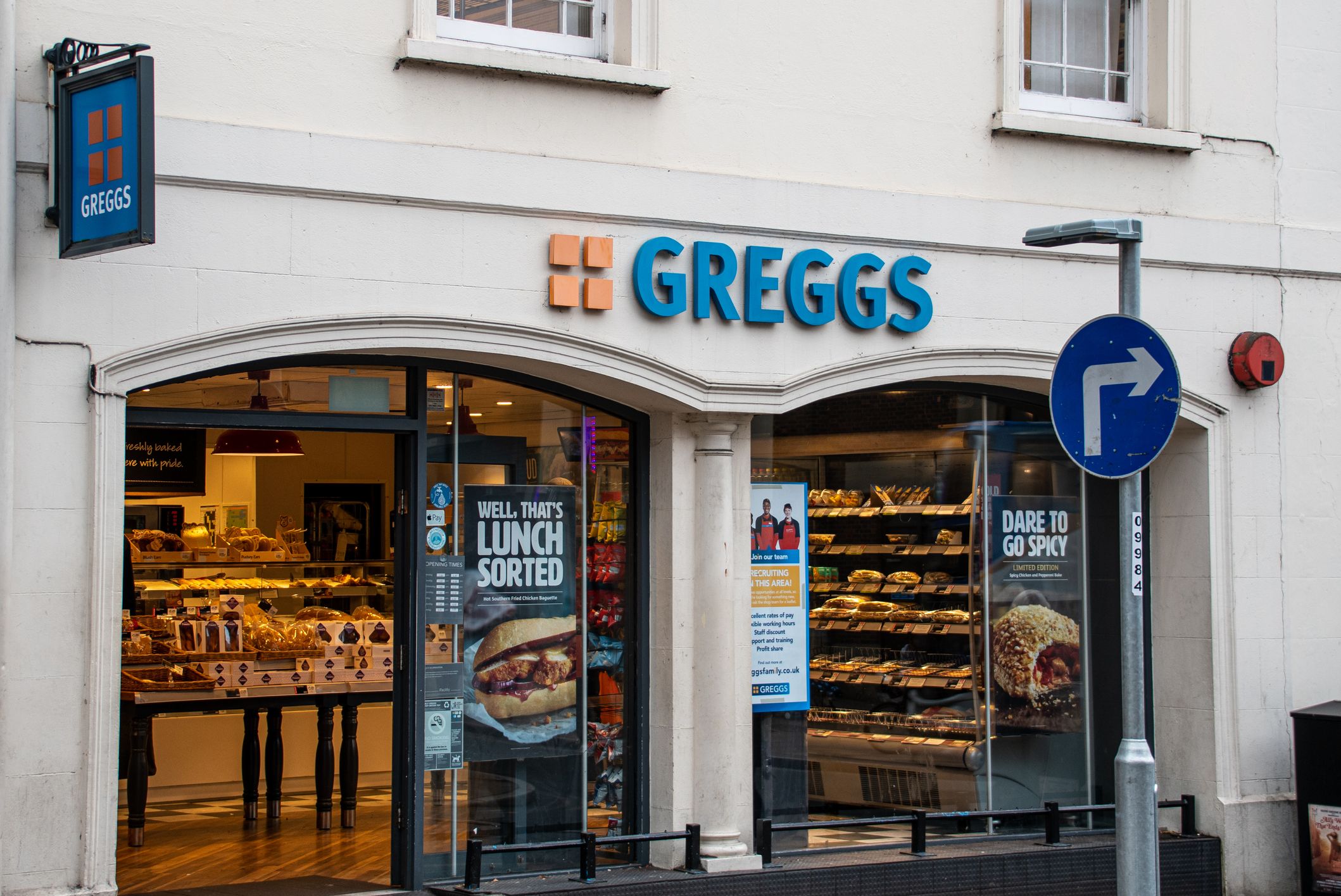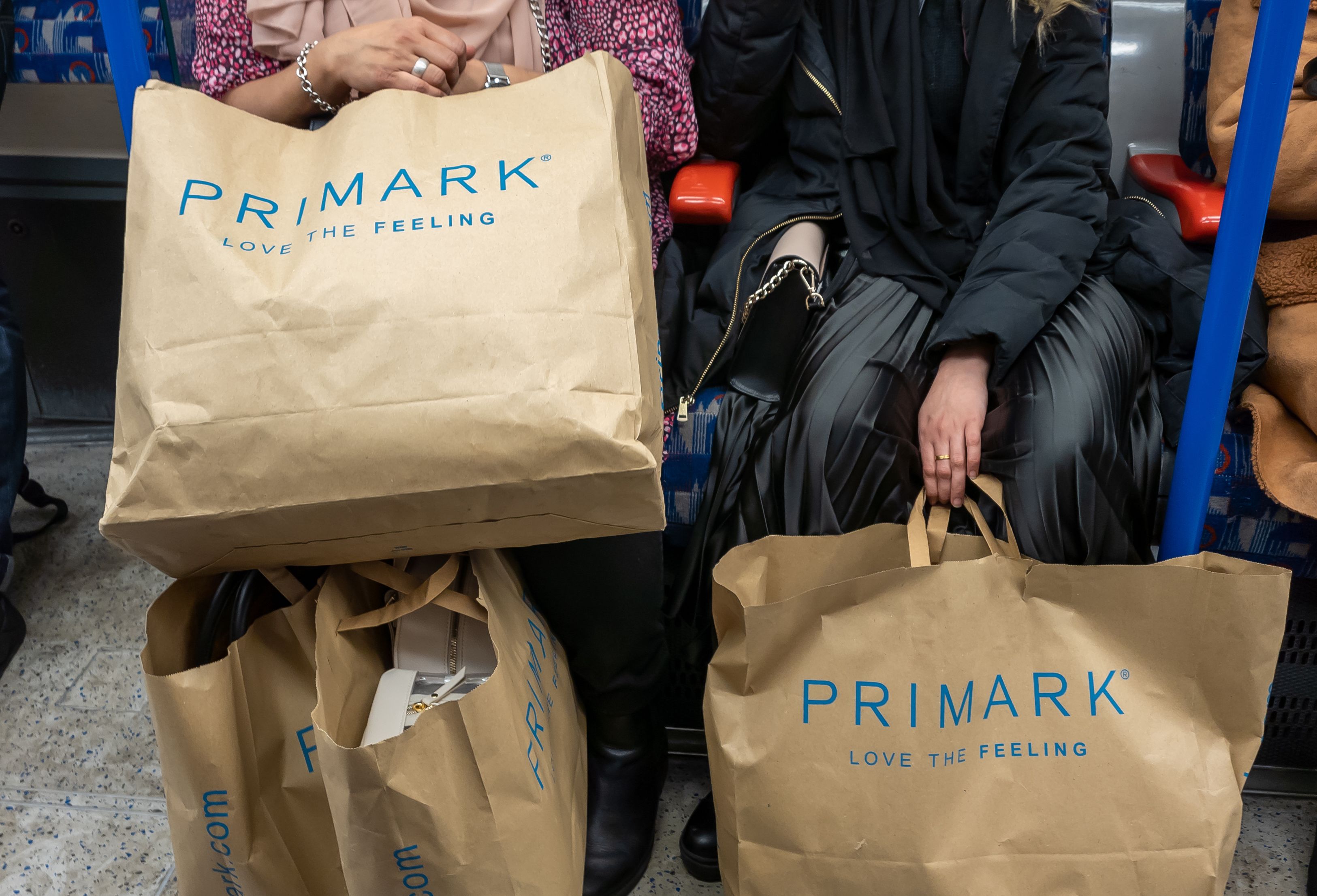Greggs x Primark
How can unexpected brands collaborate in the fashion niche?

A familiar sight on most UK high streets, market squares, and train stations, Greggs has certainly come a long way from its beginnings in the back streets of 1930s Tyneside.
Thanks to Greggs’ beloved and loyal following, it seems that there is now a gap in the market for a clothing range complete with even its own festival collection!
With joke mock-ups of sausage roll-flavoured disposable vapes appearing on social media, it’s clear that this has captured the public imagination and enjoyment. The mind boggles!
Yet Greggs’ expansion into fashion does raise intrigue as to how other unexpected brands could mirror its success.
IP and brand collaborations
Success for Greggs, in this case, has been its obvious collaborative nature: Primark’s popular high street position has provided Greggs with the perfect outlet and advertising venturing into the unfamiliar territory of clothing.
Likewise, the clothing retailer naturally capitalises on this through the sales.
It also appears that the collaboration has not attracted any unforeseen third party objection.
However, brands who are looking to establish collaborations should consider how the brand collaboration could potentially have gone wrong, and how they can avoid potential IP risks and challenges.


Clearance
Collaborators such as Greggs and Primark also need to appreciate due diligence: even though the unexpected brand enjoys significant goodwill in its goods or services, use of a trade mark on an unrelated niche (such as clothing in this case) could result in an infringement of a third party’s registered trade mark rights.
So, clearance checks should be conducted before anything gets off the ground.
The unexpected brand should also be applying for trade mark protection for its new niche in relevant classes of goods and services.
Passing off
This brings to mind another obvious legal risk, demonstrated well in the dispute between Rihanna and Topshop.
In the case of Greggs, the use of an unexpected brand on clothing could be objectionable (and successfully injuncted) based on common law (passing off) rights in the UK, if those behind the venture are not the unexpected brand itself.
In England & Wales common law (passing off) functions such that if a significant level of goodwill is enjoyed in a trade mark, use on quite unrelated goods or services could still amount to a misrepresentation.
There could be a (successful) actionable passing off – akin to unauthorised use of a trade mark with reputation on merchandise.
Therefore, while the Greggs-Primark brand collaboration may have excited people, it should certainly not be taken as inspiration to take a third party’s brand and affix it all over a clothing range…
Takeaways
With the power and ease of the internet, it should also not be hugely difficult for an established unexpected brand to venture into this on its own, so long as they have the ability to (or can organise) manufacture and shipping of the niche goods.
Those companies should therefore first concentrate on important register clearance checks and applying for trade mark protection in the new relevant classes, before contracting with third parties and commencing production.
It should not come as a shock that there may exist an identical or similar mark on the UK Trade Mark Register that covers very different goods and services:
This isn’t easy to overcome, even if everyone loves you for your sausage rolls and steak slices, so register clearance is key here, whether in collaboration or going it alone.
To give yourself the best chance of a successful collaboration, working with a Chartered Trade Mark Attorney is the way forward. Click here to get in contact.

Learn more about protecting your IP:

Luke Portnow is a Chartered Trade Mark Attorney at Novagraaf
L.Portnow@Novagraaf.com
